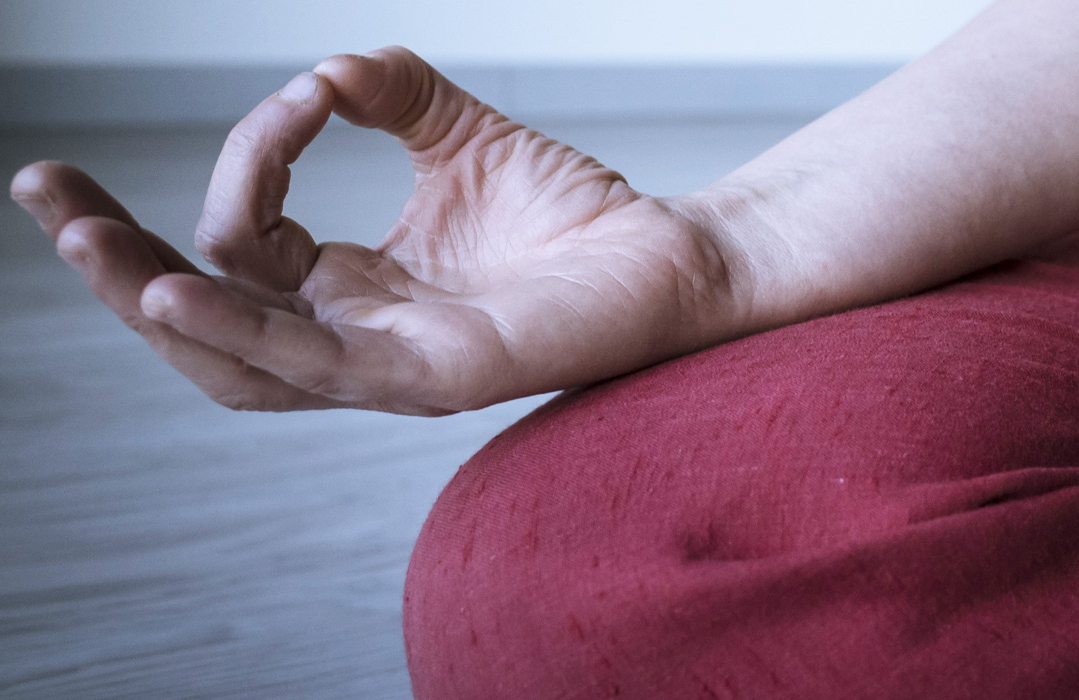MEDITATION IS YOGA
Asana
Asanas are postures aimed at restoring the correct functioning of the whole body.
They realign the organic elements and the anatomic and physiological apparatus. They balance the sympathetic and parasympathetic nervous systems, and help create health, equilibrium and elasticity.
Asanas also stimulate the vertebral column in the correct way, where the Sushumna Nadi (central channel) is situated.
Pranayama
Pranayama is the very heart of Yoga.
Initially, Vayuyama (the control of breath) is practiced by concentrating on breathing. Then, the Prana (the vital energy) is consciously manipulated by rebalancing the air in the Ida Nadi (left nostril) and the Pingala Nadi (right nostril).
The structure of the mind begins to change, at first through techniques that expand the respiratory capacity and then, through breathing management.
Yoga Nidra
Yoga Nidra is profound physical, mental and emotional relaxation, during which it is possible to learn how to consciously let go of everything.
Through Pratyahara (the withdrawal of the senses) mental presence is developed.
Dharana
Dharana is concentration.
Through specific techniques that fix our attention on one thing, a focussed state of mind can be experienced which in turn becomes concentration.

Dhyana
Dhyana is meditation.
The mind is prepared, for the experience of an unusual state of consciousness where subject and object vanish, through a series of meditative techniques.
These techniques offer support and are intended as a gradual preparation for what will later be the experience of true meditation.
Training the mind
in everyday life
You learn tools to train the mind for self-observation, suspension of judgment and a state of presence.
It is possible to train the mind, transform emotional states and develop the ability to change.
